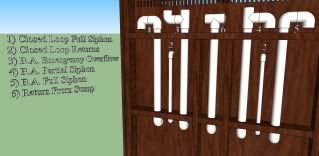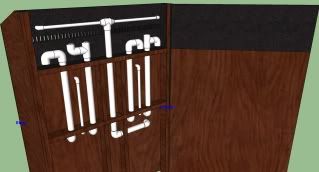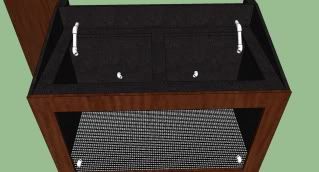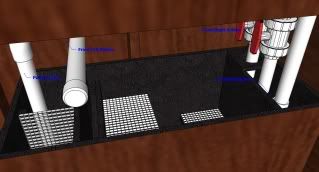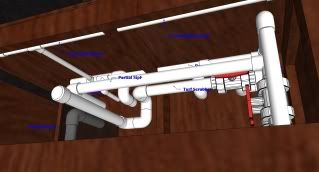ChrisOaty
Member
So, I've really given it a lot of thought and I'm over trying to make my 55gallon tank work. There are simply so many things I would like to do that are too difficult with a full glass tank. So I've been doing a lot of research on plywood tanks. I've come across a large piece of glass that would allow me to build a tank in the 250ish gallon range. I spent all day messing with sketchup, and have a really rough idea of what I'd like to build downstairs.
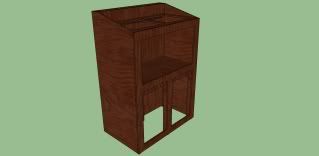
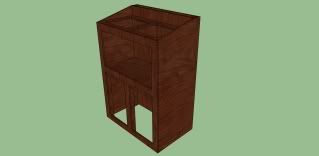
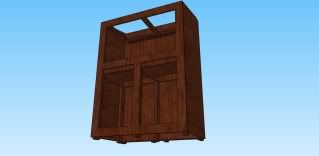

I know, it's large and deep. This will start out as a FOWLR as I still consider myself a novice and don't want to throw a ton of money into this before getting my feet wet a little more. I've kept a nano for almost a year now. To explain the plumbing from left to right: Full siphon to feed a closed loop from overflow, (small) one of 4 closed loop returns, emergency drain to sump, Return from sump (the T will be replaced with a reducer Y), partial siphon to sump, full siphon to feed sump. As you can see, I want to use a closed loop as well as a bean animal style overflow as it's quiet and fail-safe. Please critique! Any and all advice, criticism, and/or comments are welcomed! I may start this once my pond is up in the back yard to house my fresh water pets.




I know, it's large and deep. This will start out as a FOWLR as I still consider myself a novice and don't want to throw a ton of money into this before getting my feet wet a little more. I've kept a nano for almost a year now. To explain the plumbing from left to right: Full siphon to feed a closed loop from overflow, (small) one of 4 closed loop returns, emergency drain to sump, Return from sump (the T will be replaced with a reducer Y), partial siphon to sump, full siphon to feed sump. As you can see, I want to use a closed loop as well as a bean animal style overflow as it's quiet and fail-safe. Please critique! Any and all advice, criticism, and/or comments are welcomed! I may start this once my pond is up in the back yard to house my fresh water pets.

